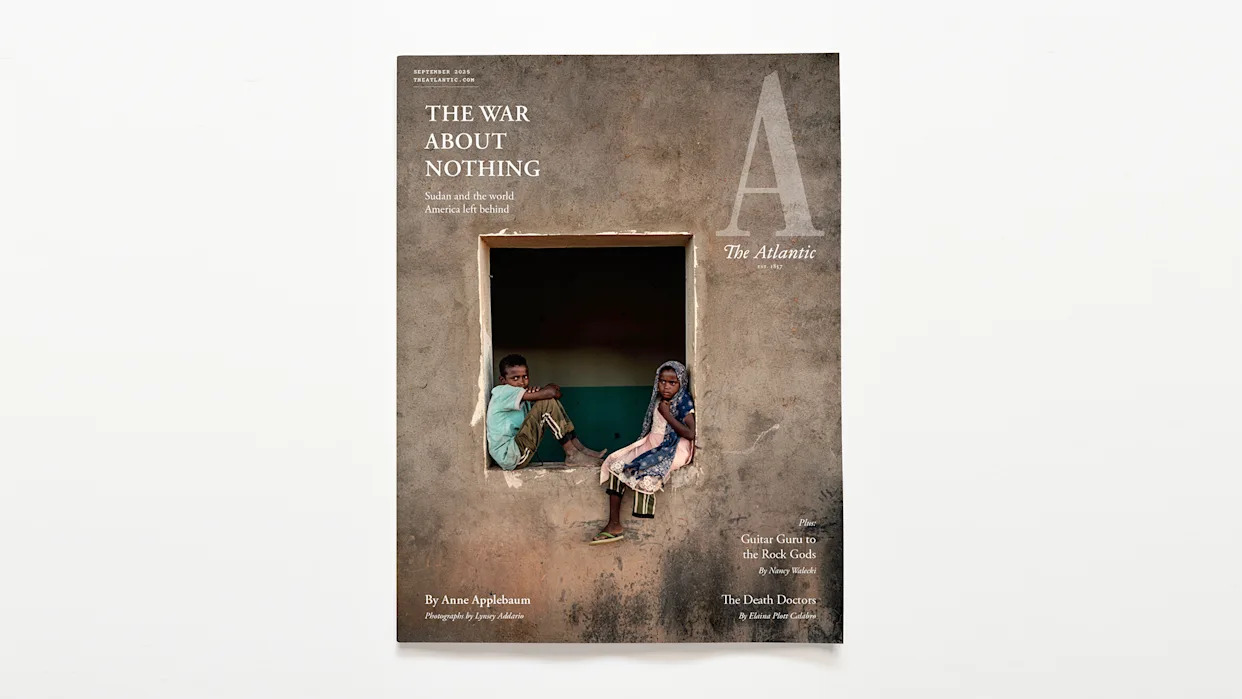
The Atlantic Daily, a newsletter that guides you through the biggest stories of the day, helps you discover new ideas, and recommends the best in culture. Sign up for it here.
For The Atlantic’s September cover story, “This Is What the End of the Liberal World Order Looks Like,” staff writer Anne Applebaum reports from Sudan, where a devastating civil war has plunged the country into anarchy. As Applebaum documents, the retreat of USAID has only exacerbated the humanitarian catastrophe. Sudan’s suffering, she writes, offers a stark preview of what will follow the collapse of the liberal world order and the retreat of U.S. leadership: not a more just world, but a descent into nihilistic violence. Applebaum’s narrative is accompanied by original photography by the acclaimed photojournalist Lynsey Addario.
Statistics are sometimes used to express the scale of the destruction in Sudan: About 14 million people have been displaced by years of fighting, more than in Ukraine and Gaza combined; at least 150,000 people have died in the conflict; half the population, nearly 25 million people, is expected to go hungry this year, with hundreds of thousands of people directly threatened with starvation; and more than 17 million children, out of 19 million, are not in school. But as Applebaum writes, no statistics can express the sense of pointlessness, of meaninglessness, that the war has left behind alongside the physical destruction: “The end of the liberal world order is a phrase that gets thrown around a lot in conference rooms and university lecture halls in places like Washington and Brussels… but this theoretical idea has become reality. The liberal world order has already ended in Sudan, and there isn’t anything to replace it.”
Among the many sources of the ongoing conflict, foreign influence is also to blame: “The disappearance of any form of international order has left Sudan as the focus of intense competition among countries that are not superpowers but rather middle powers. The middle powers send money and weapons into Sudan, hoping to shape the outcome of the conflict. Some take part in the war of ideas. Some want gold. Some are there because their rivals are there, and Sudan is a good place to fight.” Turkish, Egyptian, Saudi, Emirati, Qatari, Russian, Iranian, and Ukrainian interests intersect and overlap, helping make Sudan, like Yemen and Libya, a place where antagonists from around the planet fund violent proxy wars, at the expense of the people who live there. The Chinese hover in the background, looking for business deals. Sudan’s strategic location on the Red Sea, one of the world’s most important shipping lanes, attracts everyone too. Meanwhile, the countries that might once have banded together to stop the fighting have lost interest or capacity. The institutions that might have helped broker a cease-fire are too weak, and can’t or won’t help. “We live in a very interesting, many people call it, new world order,” Abdalla Hamdok, the former Sudanese prime minister, told Applebaum. “The world we got to know—the consensus, the Pax Americana, the post–Second World War consensus—is just no more.”
Applebaum concludes, "Violence inspired and fueled by multiple outsiders has already destroyed Syria, Libya, and Yemen, and is spreading in Chad, Ethiopia, South Sudan, and beyond. Greed, nihilism, and transactionalism are reshaping the politics of the rich world too. As old rules and norms fall away, they are not replaced by a new structure. They are replaced by nothing.”
Anne Applebaum’s “This Is What the End of the Liberal World Order Looks Like” was published today at TheAtlantic.com. Please reach out with any questions or requests to interview Applebaum about her reporting.
Press contacts:
Anna Bross and Paul Jackson | The Atlantic
[email protected]


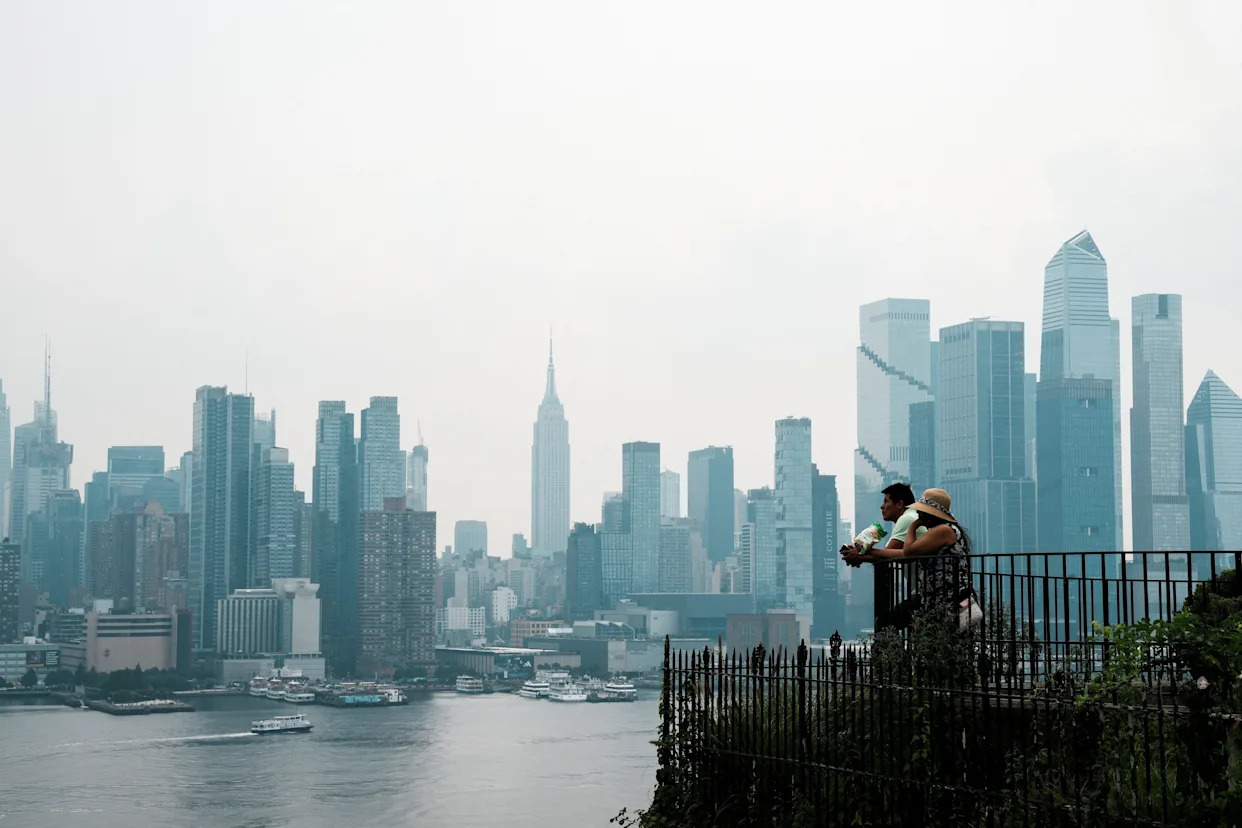
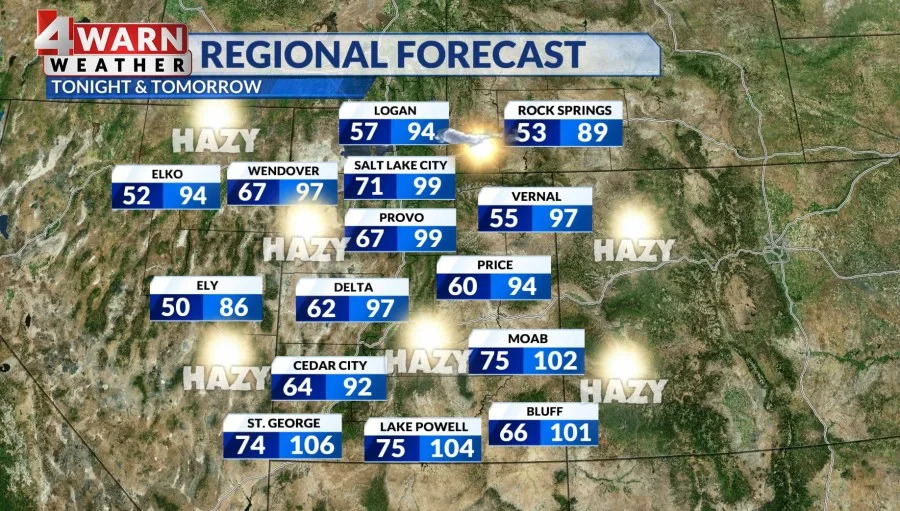
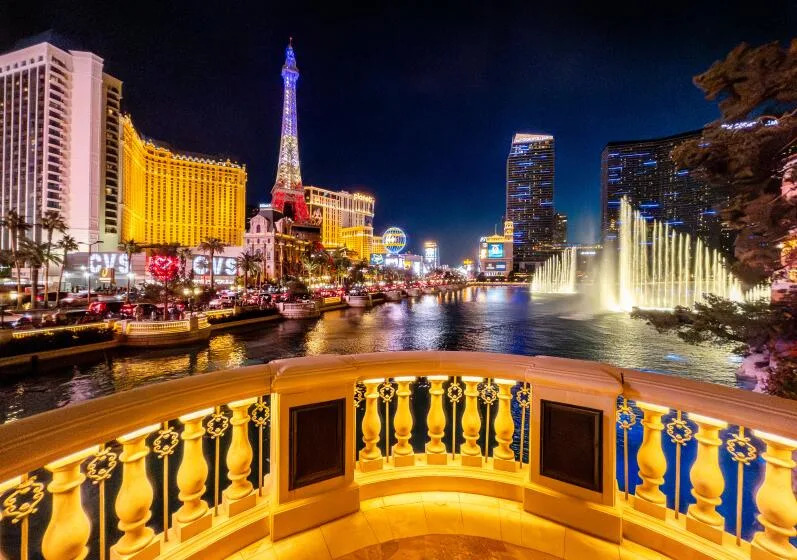
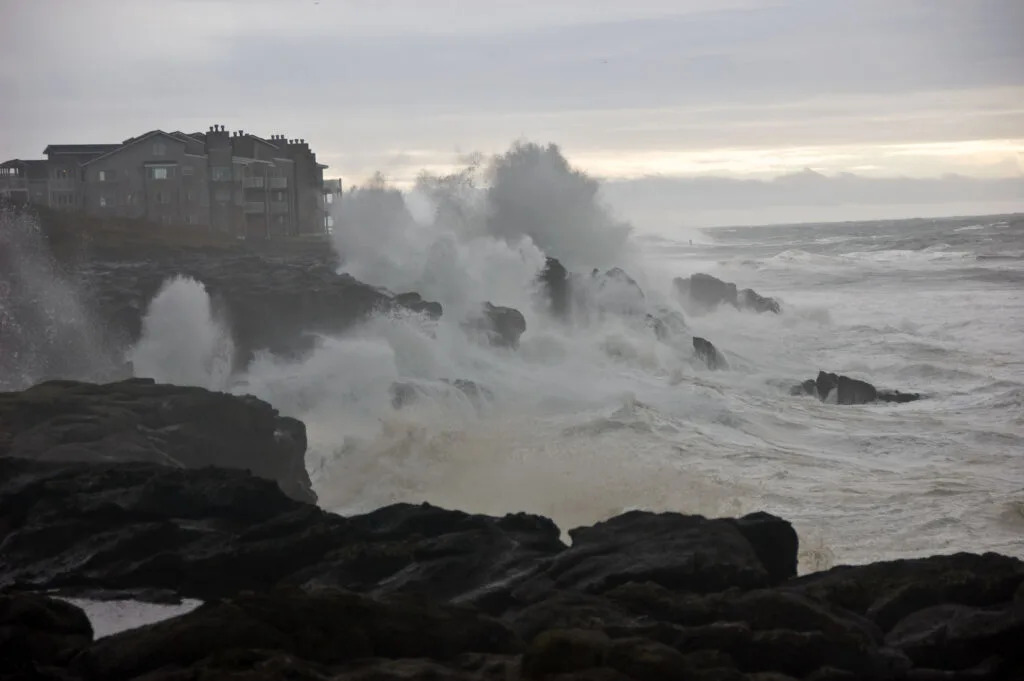
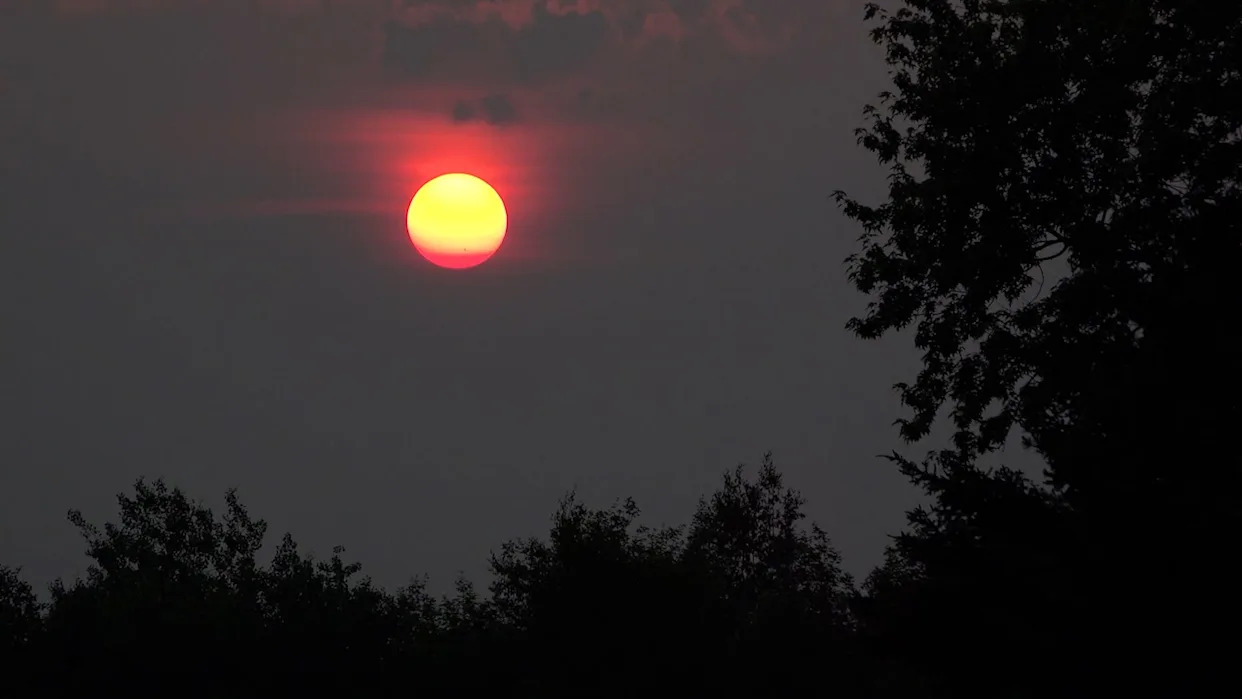
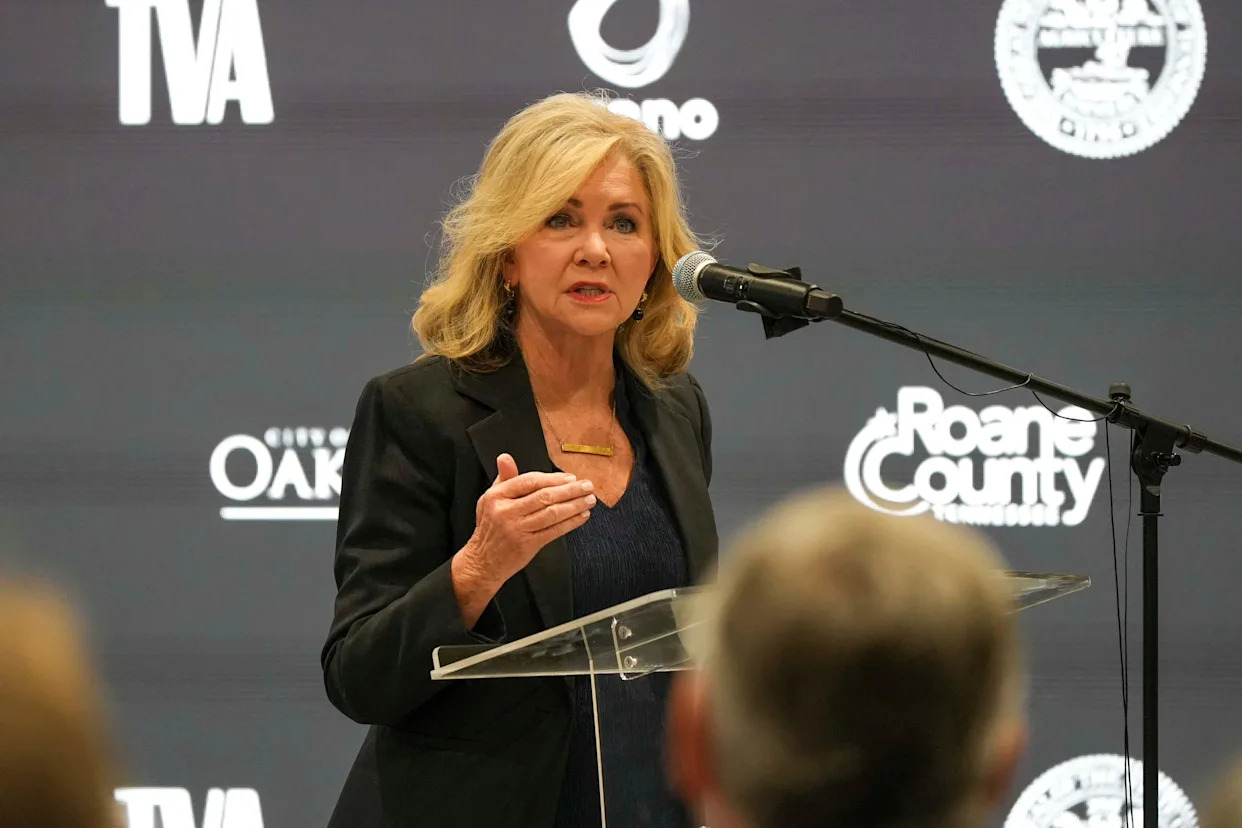
Comments